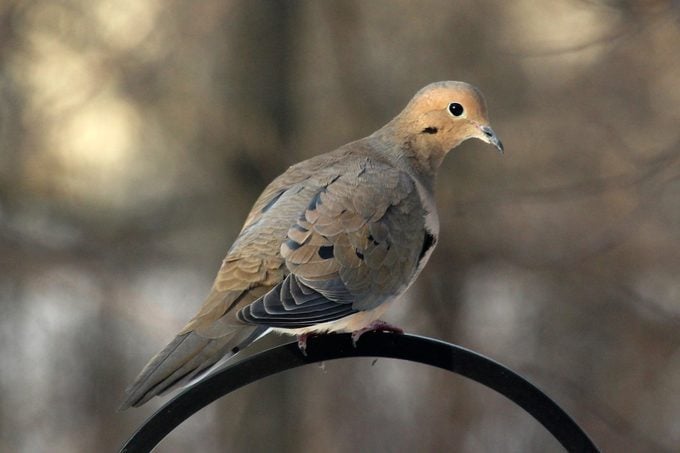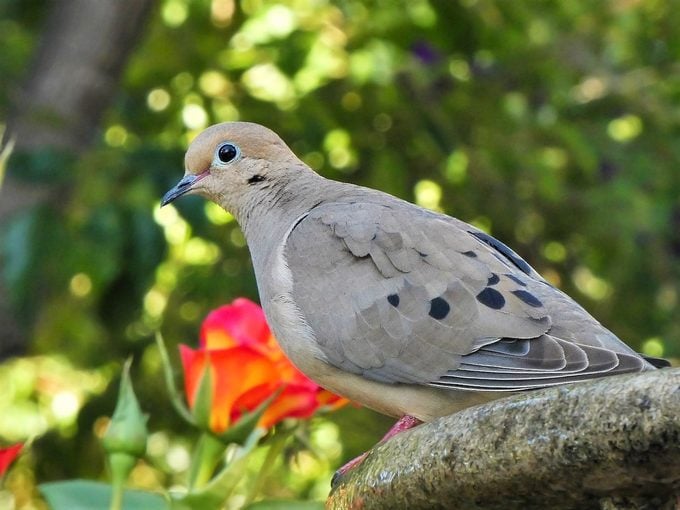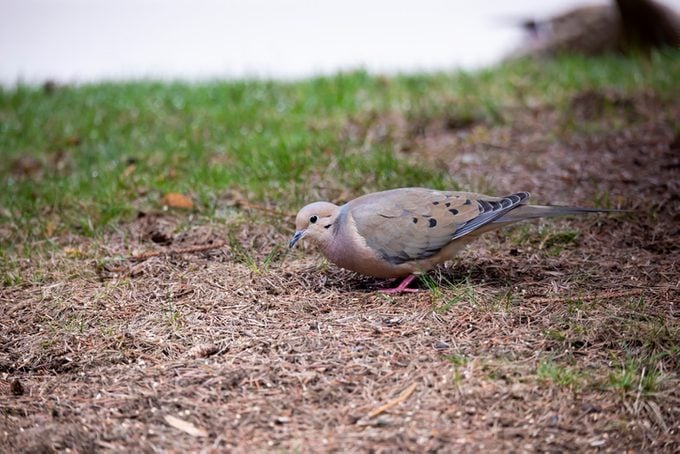Mourning Dove Lifespan: How Long Do Doves Live?
Updated: Nov. 29, 2022
Mourning doves are beloved backyard birds that form lasting bonds with their mates. But just how long is a mourning dove lifespan?
How Long Do Mourning Doves Live?

The peaceful “co-ah, coo, coo, coo” call of the mourning dove is familiar to many of us — and for good reason. With upwards of 350 million doves in the U.S., mourning doves are one of the most abundant bird species. Yet it’s not likely we hear the same individuals year after year. This is partly because mourning doves do not have long lives. The U.S. Fish and Wildlife Service Migratory Bird Program’s nationwide banding effort aims to shed light on the mourning dove lifespan.
“The coordinated banding program started in 2003. It was designed to estimate survival, abundance (in conjunction with other data), and harvest rates of doves from hunting,” said Shaun Oldenburger, Texas Parks and Wildlife Department small game program director.
Discover 13 fascinating mourning dove facts.
Banding Data on Mourning Doves

To determine the mourning dove lifespan, biologists trap and band young birds in July and August. In the fall, they collect wings from hunters. They look for cream-colored tips on the outermost row of feathers, along with molting patterns.
“About 3 months after fledging hatch-year doves are virtually indistinguishable from adults,” said Owen Fitzsimmons, Texas Parks & Wildlife Department webless migratory game bird program leader. Psst—learn how to identify a white-winged dove.
“Most interesting, the oldest recorded mourning dove was shot in Florida in 1998, but banded in Georgia in 1968. It was over 30 years old. (That) is just crazy considering the average lifespan is 1 1/2 years. So, obviously their potential lifespan is much longer than that,” said Tiffany Grundel, wildlife biologist and board member of the Upper Missouri Breaks Audubon in Central Montana.
Psst—you won’t believe how fast mourning doves build nests.
Mourning Dove Hunting and Predators

Hunters take over 12 million doves annually. But Oldenburger noted, “Harvest rates from hunting is around five to six percent. So hunting does not contribute substantially to the mortality of doves during the annual cycle.”
“Some common predators of the mourning dove are corvids and other birds of prey, along with domesticated cats and fox,” said Grundel. “It still amazes me how many birds are killed by domesticated cats every year, estimated to be in the billions. Due to the feeding habits of the mourning dove, which primarily takes place on open ground, it would be expected that these birds would be easy prey.” Disease and starvation, often due to habitat changes, also affect mourning dove lifespan. Lead poisoning is an issue because of their ground feeding behavior.
If you see a banded mourning dove, know that it is an important participant in a multi-decade study to better understand this beloved bird.
Next, enjoy 25 breathtaking mourning dove pictures.




















